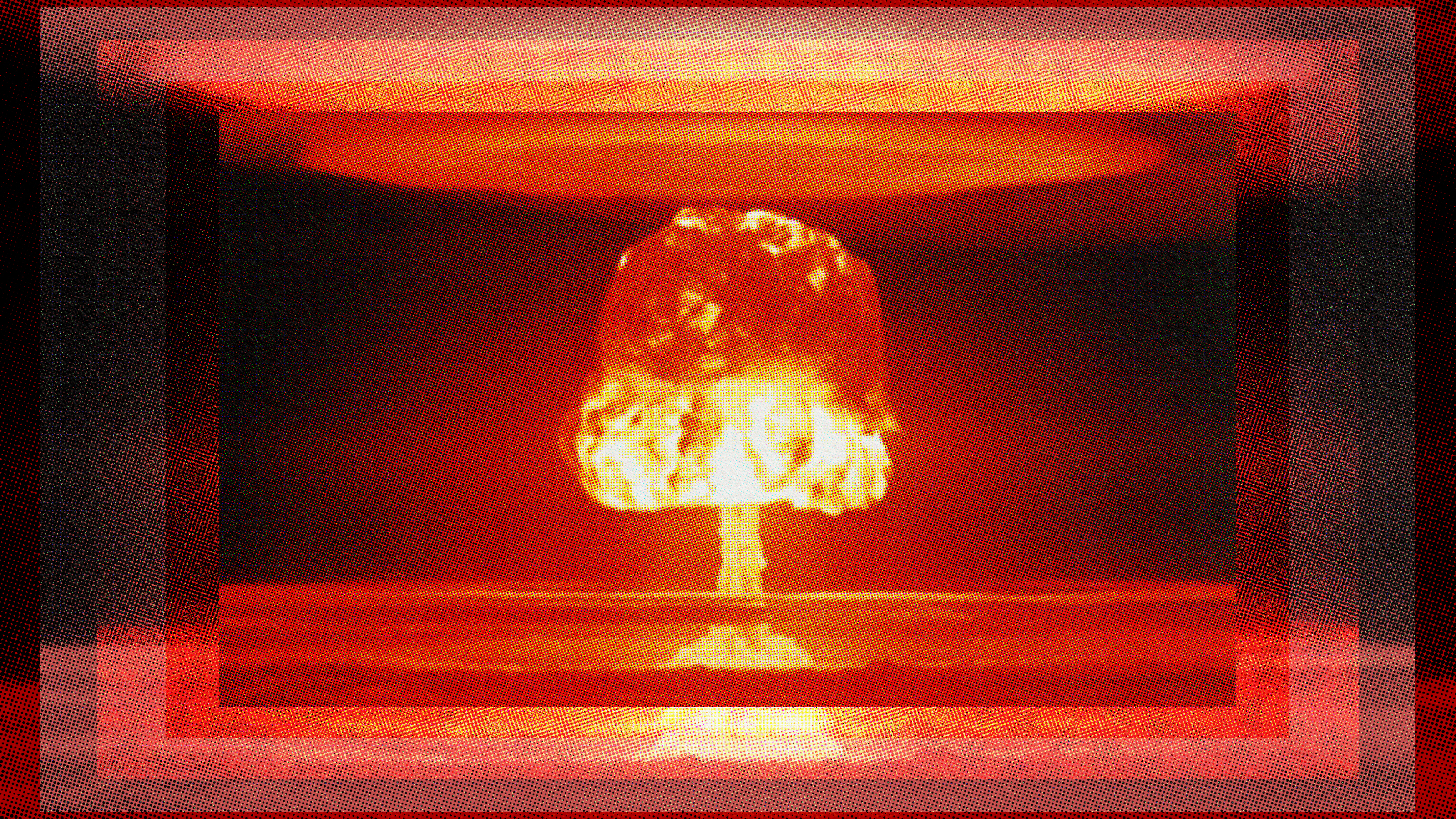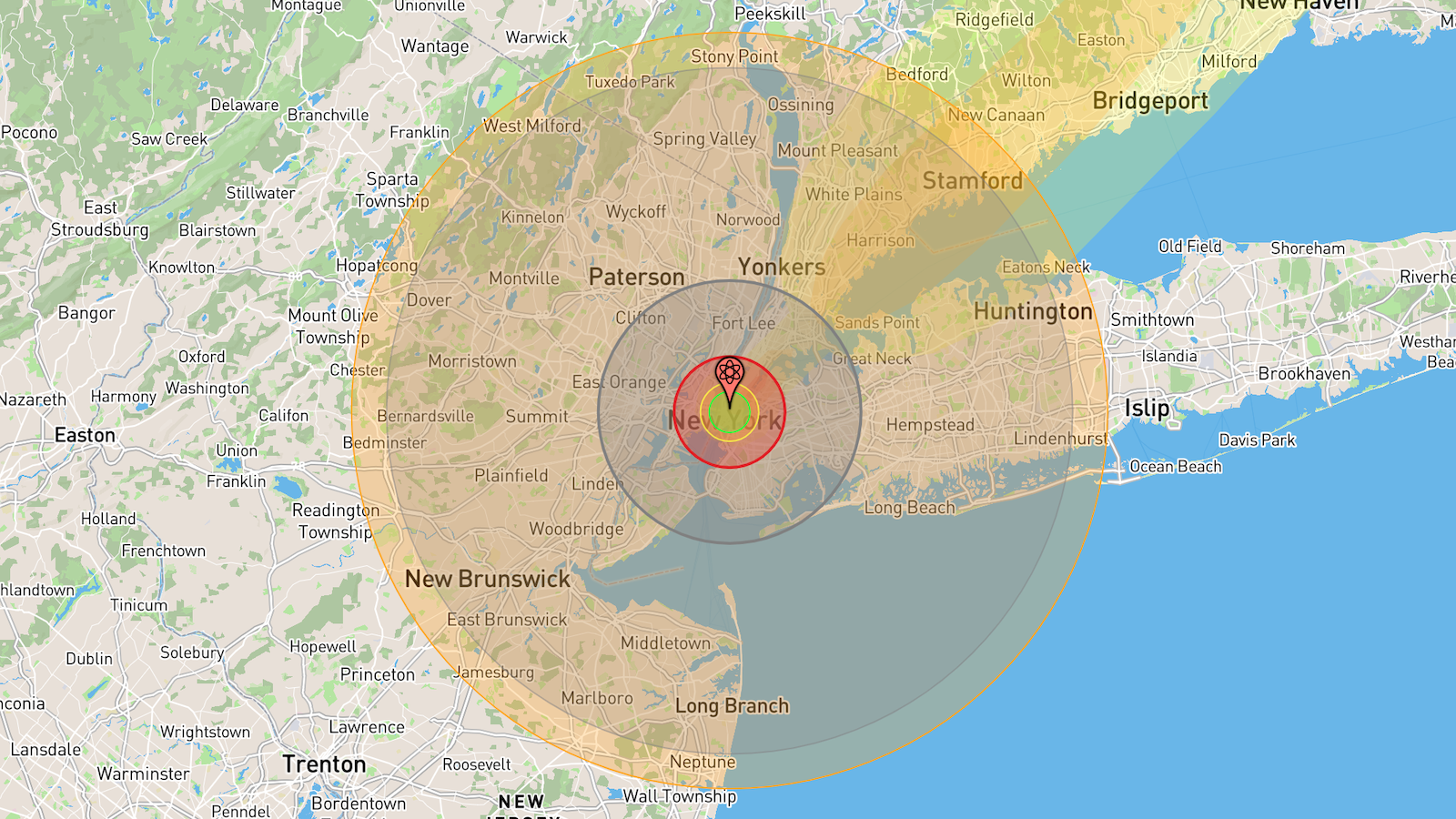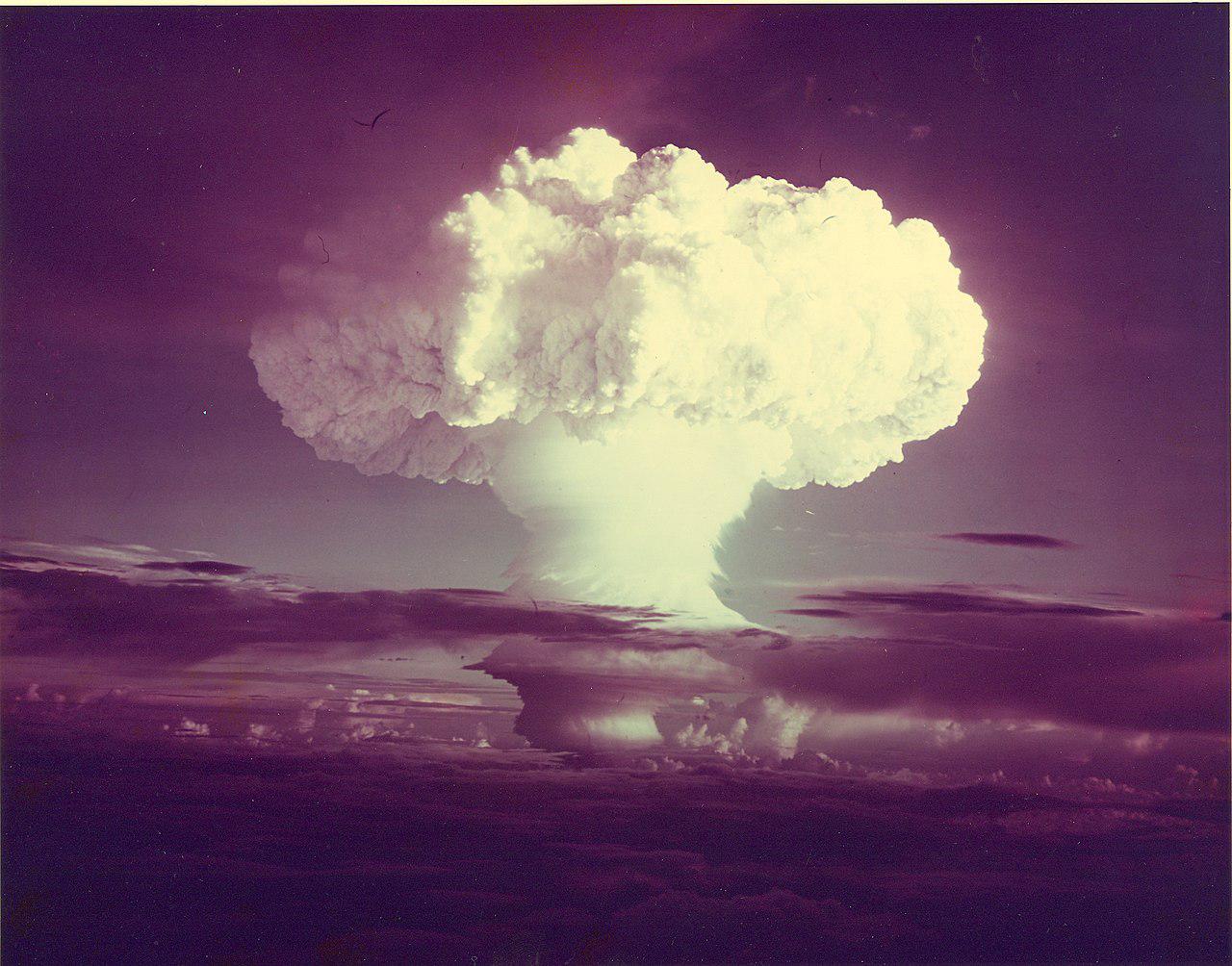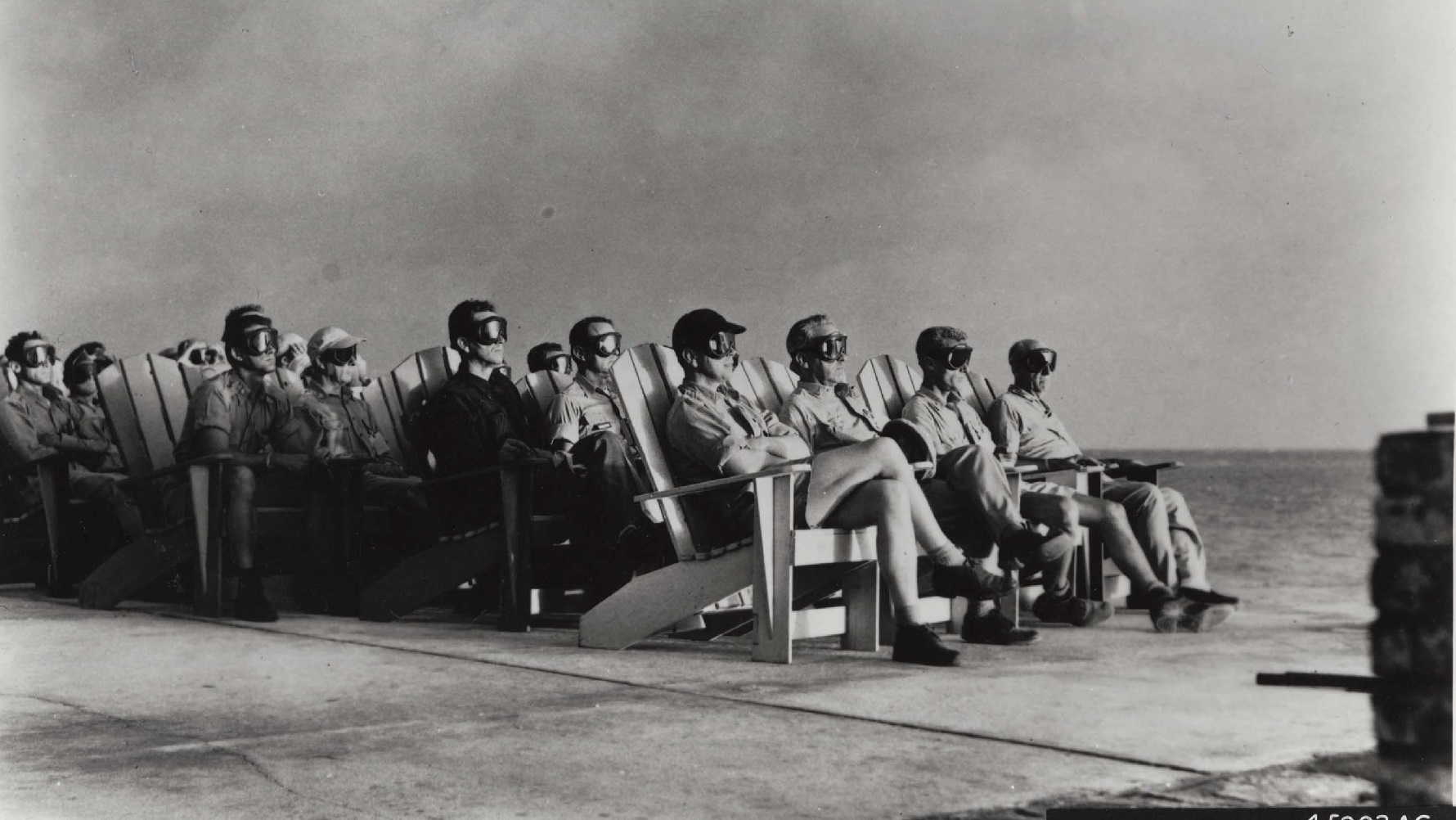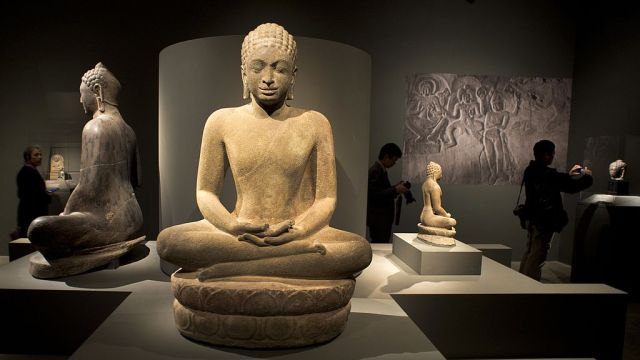MOAB, Biggest Non-nuclear Bomb, Dropped in Afghanistan. So How Big Is It?
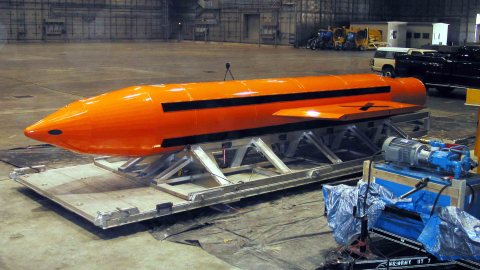
The United States military has dropped the “Mother of All Bombs” — aka MOAB — in Afghanistan. It was the first time the bomb was deployed in battle, which has the dubious distinction of being the biggest non-nuclear bomb in the American military arsenal.
The Pentagon announced the MOAB had been dropped in Afghanistan near the Pakistan border near a cave network thought to be used by ISIS. It is the second of two major overseas strikes by the US military, the first occurring in Syria as a retaliation against the use of chemical weapons, in as many weeks.

In this U.S. Air Force handout, a GBU-43/B bomb, or Massive Ordnance Air Blast (MOAB) bomb, explodes November 21, 2003 at Eglin Air Force Base, Florida. MOAB is a 21,700-pound that was droped from a plane at 20, 000 feet. (Photo by USAF via Getty Images)
Given that the MOAB is the largest non-nuclear bomb the United States has engineered, just how does it compare to the atomic bombs dropped on Japan near the conclusion of WWII? Well, the MOAB may be huge by conventional standards, but it is nowhere near as powerful as the atomic bombs dropped on Hiroshima and Nagasaki. To give perspective, here are the equivilant tons of TNT contained in the explosion of each bomb (referred to as tonnage):
Little Boy/Hiroshima = 15,000 tons of TNT
Fat Man/Nagasaki = 21,000 tons of TNT
MOAB = 11 tons of TNT
FOAB = 44 tons of TNT
From left to right, the severe blast/fire zones of: W88 (475 kt), W76 (100 kt), Little Boy (15 kt), MOAB (0.01 kt). pic.twitter.com/mmZjMZ7aVB
— Alex Wellerstein (@wellerstein) April 13, 2017
What's FOAB? It's the Father of All Bombs, 4 times more powerful than the MOAB. It's also a thermobaric bomb that uses the air around it to aid in even greater destruction.
In related news, anchorman Brian Williams has come under fire (perhaps, in this writer's mind, unfairly) for quoting the Leonard Cohen song "First We Take Manhattan" after viewing footage of last Thursday's missile strike in Syria — the first of Trump's overseas strikes. Williams' use of the word "beautiful" 3 times in 30 seconds contained a reference to the Cohen song from 1988:
I’m guided by the beauty of our weapons.
Are weapons beautiful? Can destruction, at least aesthetically, be visually stunning? These are questions for scholars and critics alike but instead have been answered by the hive-minds at Twitter, who tore Mr Williams to shreds for suggesting an opinion beyond their own. So it goes, sports bomb fans! So it goes.
--
